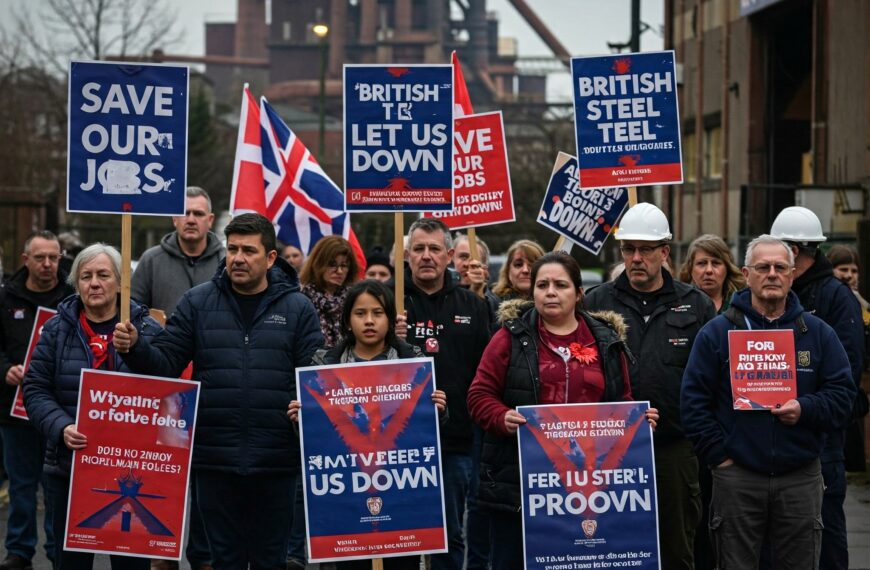Introduction
The Trump administration has embarked on an aggressive effort to reduce the federal workforce, aiming to streamline government operations and curb public spending. This initiative, led by key figures such as Elon Musk, who was appointed to oversee government efficiency, targets a $1 trillion reduction in federal budget expenditures. While supporters argue this move is necessary for fiscal responsibility, critics warn of potential economic and social disruptions.
Scope and Impact of Workforce Reductions
The federal government employs approximately 2.4 million workers across various agencies. Recent downsizing efforts have led to significant layoffs in departments such as the Environmental Protection Agency (EPA), the Treasury, and the Pentagon. Below is a summary of key workforce reductions:
| Agency | Workforce Reduction (%) | Key Policy Change |
|---|---|---|
| Environmental Protection Agency (EPA) | 30% | Contract approvals required for amounts over $50,000 |
| Department of Defense (Pentagon) | 15% | Civilian employee travel credit card limit reduced to $1 |
| Transportation Security Administration (TSA) | 25% | Union agreements canceled, removing worker protections |
| Internal Revenue Service (IRS) | 20% | Closure of 30 regional taxpayer assistance centers |
| Treasury Department | 10% | Over 125 employees laid off in Parkersburg, WV |
These reductions have raised concerns about government efficiency, particularly in departments critical to national security, taxation, and environmental protection.
Economic Ramifications
A reduction in federal employment carries significant economic consequences, particularly in areas where government jobs serve as primary employment sources. Below is an analysis of economic effects:
| Region | Job Losses | Projected Economic Impact |
|---|---|---|
| Parkersburg, WV | 125+ Treasury jobs | Decreased local spending, economic decline |
| Washington, D.C. | 5,000+ government positions | Increased private sector hiring due to talent availability |
| Rural Midwest | 2,000+ IRS, TSA, and EPA jobs | Local business downturns and increased unemployment |
While some argue these job cuts will free up labor for private-sector employment, others warn of adverse effects such as reduced consumer spending, business closures, and regional economic instability.
Fiscal Implications
Despite workforce reductions, federal spending continues to rise. Data suggests that while federal employee headcounts have decreased over the years, government expenditures have continued to climb beyond the rate of inflation.
| Year | Federal Workforce (millions) | Federal Spending (trillion $) | Spending Growth (%) |
|---|---|---|---|
| 2000 | 2.85 | 1.8 | – |
| 2010 | 2.78 | 3.5 | 94.4% |
| 2020 | 2.45 | 6.6 | 88.6% |
| 2025 | 2.1 (projected) | 7.3 | 10.6% |
This discrepancy raises concerns about whether cutting jobs alone is sufficient for meaningful budget savings or if deeper structural reforms are needed.
Public Sentiment and Political Repercussions
The aggressive downsizing has sparked varied public reactions. In states dependent on federal employment, backlash is growing, particularly among Trump’s former supporters who are now facing unemployment. Below are key sentiments collected from recent surveys:
| Demographic Group | Support for Workforce Reductions (%) | Opposition (%) |
|---|---|---|
| Conservative voters | 55% | 35% |
| Federal employees | 10% | 85% |
| General public | 48% | 42% |
| Business leaders | 60% | 30% |
Although conservatives largely support the initiative, opposition is growing among affected employees and their communities, potentially impacting future elections.
Conclusion
The Trump administration’s federal workforce reductions represent a major shift in public sector employment policy. While proponents highlight fiscal responsibility and potential private sector growth, opponents warn of economic downturns, loss of essential government functions, and political fallout.
As the situation unfolds, it remains critical to assess:
- The true impact on government efficiency
- The long-term economic effects on affected communities
- Whether budget reductions translate into meaningful fiscal savings
Reader Engagement
We invite you to share your thoughts:
- Do you believe federal workforce reductions will enhance government efficiency?
- How will these job cuts affect your community or industry?
- Should there be alternative approaches to reducing government spending?
Join the discussion below!
Sources:
- Politico: ‘Detox’: Fading outlook on Trump’s economy clouds first jobs report
- AP News: A single day of Trump and Musk’s cost-cutting campaign remakes huge sections of government
- AP News: States sue President Trump’s administration over mass firings of probationary federal workers
- CT Insider: Blumenthal and Murphy join IRS workers in blasting Trump layoffs they say will benefit wealthy
- White House: Fact Sheet: President Donald J. Trump Works to Remake America’s Federal Workforce
- Federal News Network: Trump administration directs 70% cut to internal OPM staffing, programs
- Committee for a Responsible Federal Budget: Potential Savings from Shrinking the Federal Workforce















